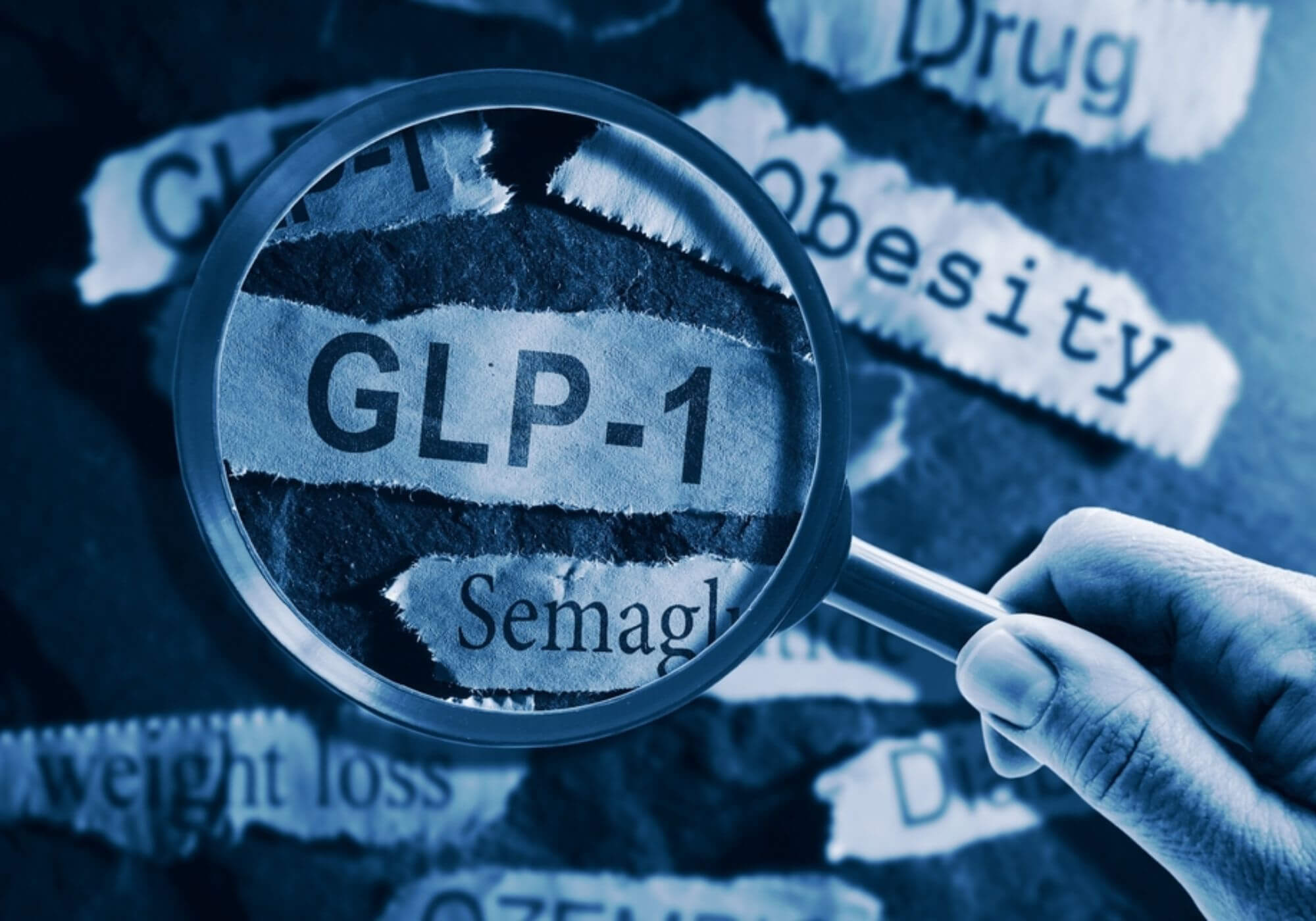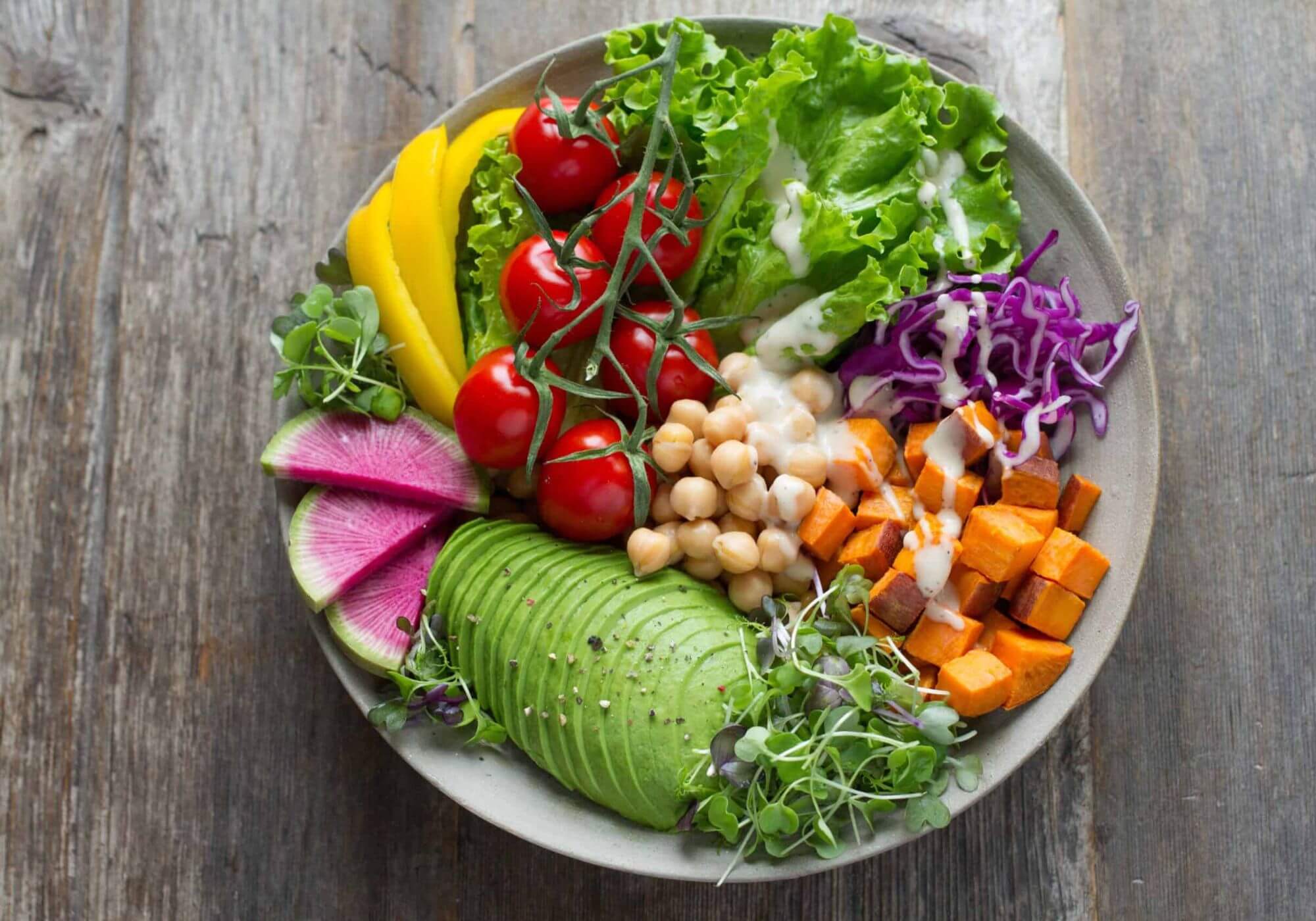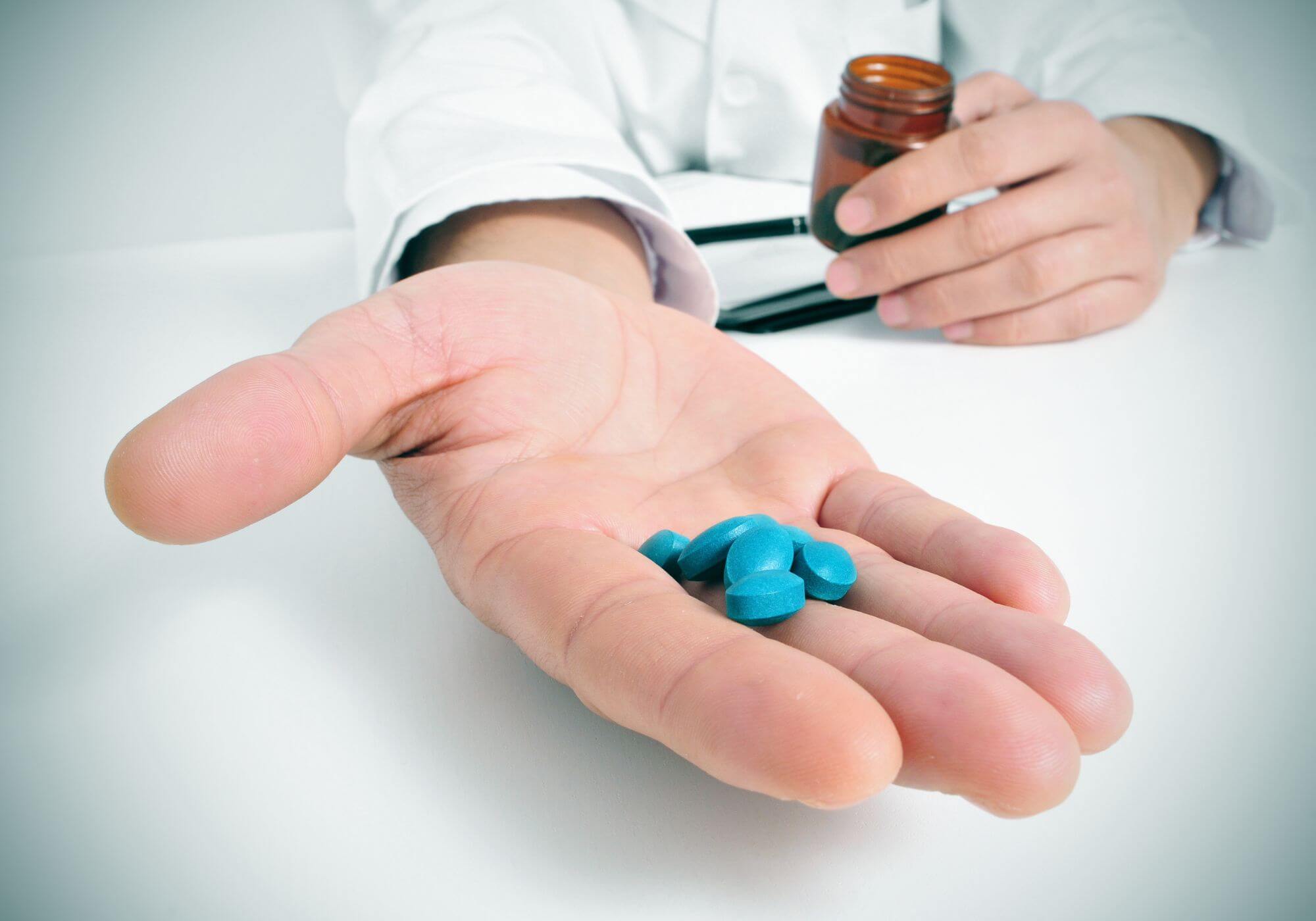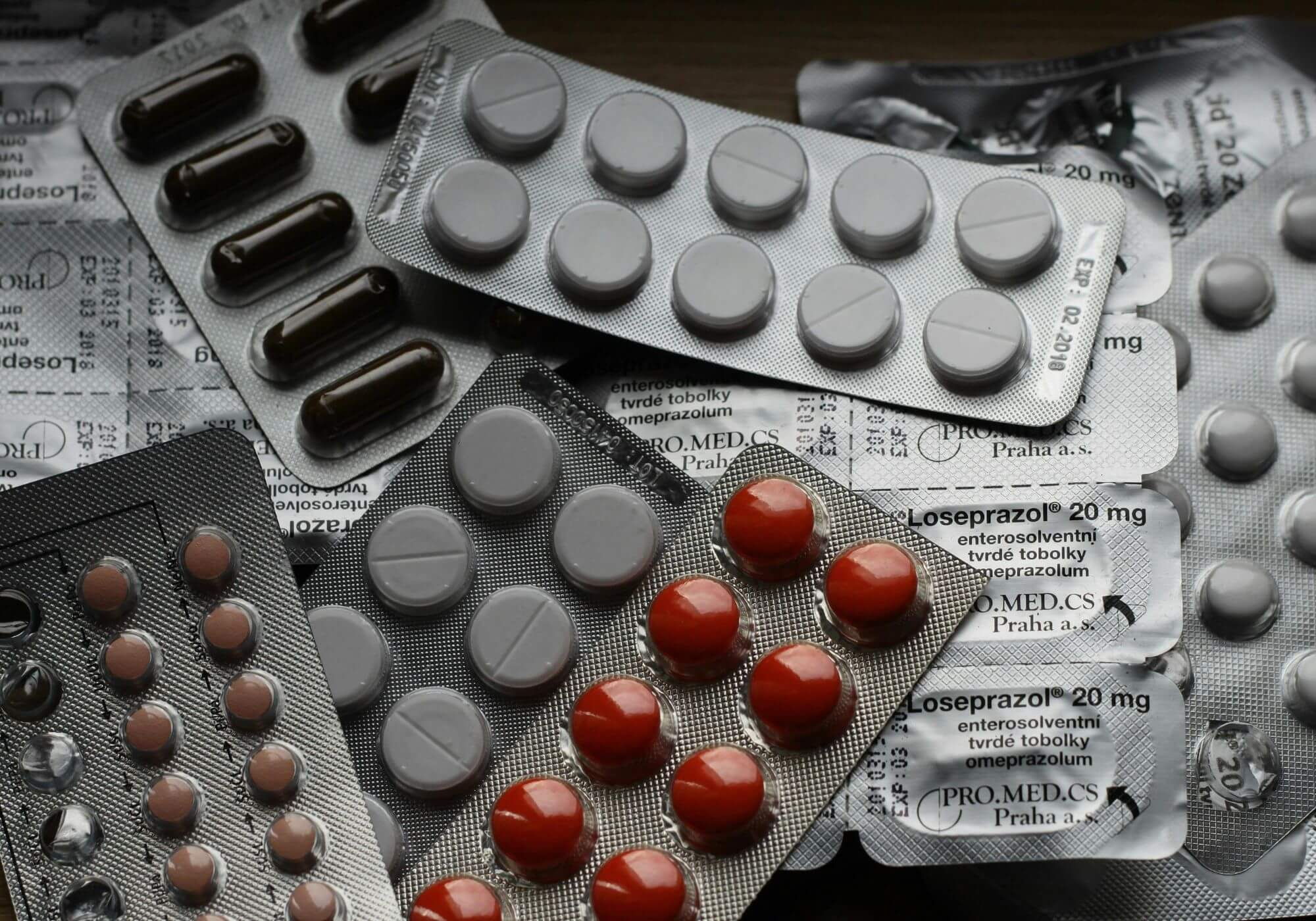Should You Try Prebiotic Soda for Gut Health in 2025?
Written By -
on August 27, 2025
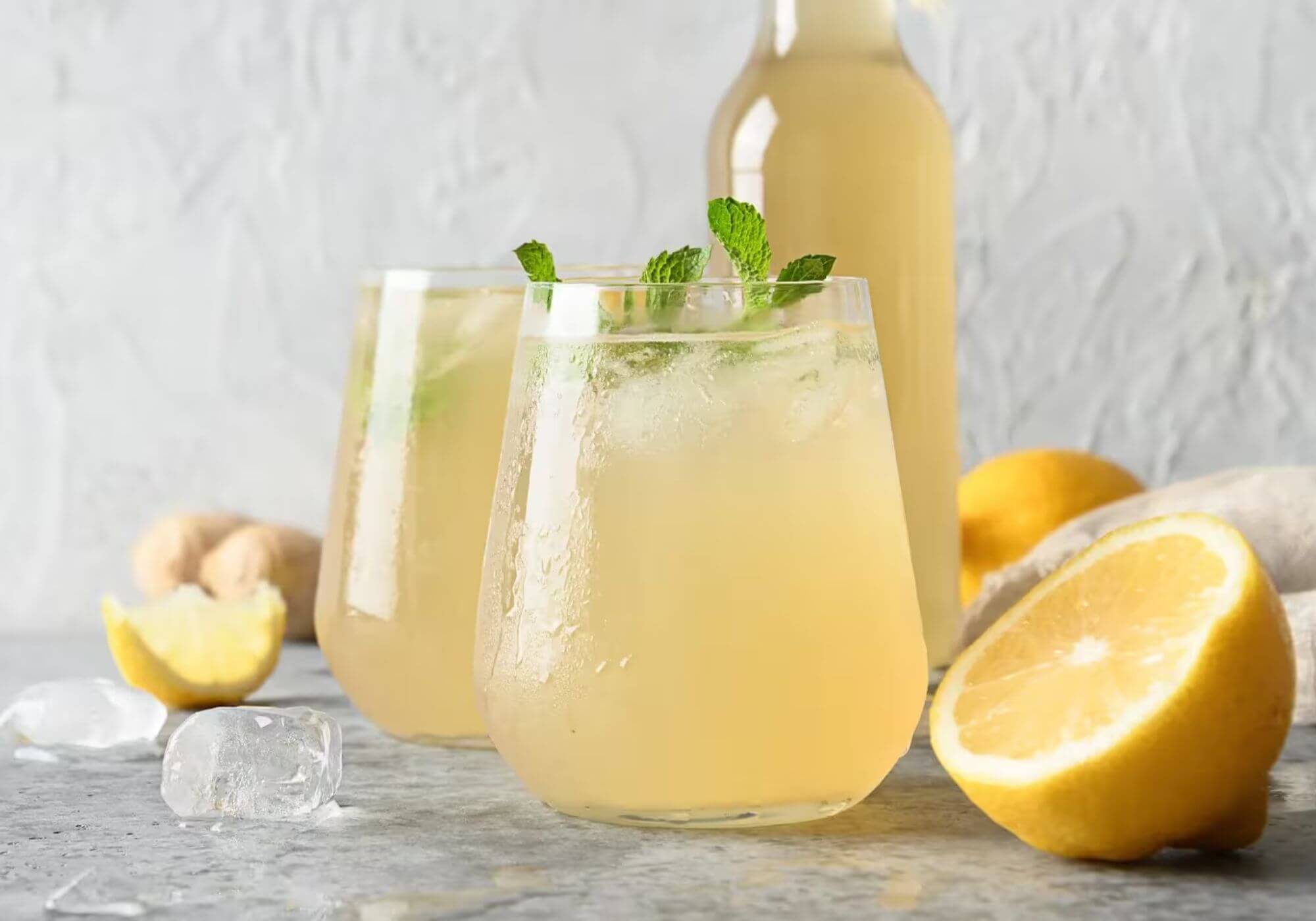
Prebiotic Soda: Everything You Need to Know About 2025’s Fizzy Gut Health Craze
Walk into any supermarket these days—or scroll through TikTok at 2 AM—and chances are you’ve spotted them. Rows of pastel-coloured cans with fun names, quirky fonts, and the words “prebiotic soda” front and center. They’re in grocery carts, gym bags, café menus, and maybe even in your best friend’s fridge.
It’s safe to say: 2025 belongs to the gut-healthy soda revolution.
But before you crack open a can (or roll your eyes at yet another wellness “must-have”), let’s slow down for a second. What exactly is prebiotic soda, why is it blowing up, and should you actually be drinking it—or is this just another health fad destined to fade like activated charcoal lattes and celery juice cleanses?
Let’s break it all down—no jargon, no complicated science lecture, just the real story behind this fizzy phenomenon.
What Exactly Is Prebiotic Soda?
If you see for the first time you will see the prebiotic soda the same as the normal soda with fizzy bubbles, refreshing sweetness and bright design. But the main difference isn’t in how it looks or tastes, it’s about what’s happening behind the scenes in your gut while drinking. These sodas contain the prebiotics whereas other are jam-packed with sugar and artificial stuffs.
Think of it this way:
- Probiotics are actual living bacteria—the “good guys” we often associate with yogurt, kombucha, or kimchi.
- Prebiotics are the dietary fibres which is the food that help the good bacteria to survive and multiply.
Imagine your gut to be a garden. Probiotics are the flowers and herbs you plant. Prebiotics are the water and fertilizer that help them grow strong and beautiful—while keeping weeds in check.
So, when you sip on prebiotic soda, you’re essentially feeding your microbiome in a way that feels indulgent and fun, unlike swallowing a bland fibre supplement.
Popular ingredients behind these fibres usually come from things like chicory root, inulin, Jerusalem artichokes, or cassava fibre. They’re blended into a sweet, sparkling drink that makes you feel like you’re “treating yourself” while technically doing your gut a favour.
And honestly—that’s the genius of it.
Why Is Prebiotic Soda Everywhere in 2025?
Here’s the simple answer: gut health is having its moment.
A decade ago, no one was seriously talking about the microbiome outside of medical circles. Fast forward, and now we know that your gut is about way more than digestion—it’s linked to everything from your immune system and skin health to your mood, energy, and even mental clarity.
Science is making it increasingly clear: when your gut bacteria are happy, you are happy. Or at least, healthier and more resilient.
At the same time, there’s been a massive cultural shift in how we think about beverages. Regular sodas? Everyone knows they’re sugar bombs. Energy drinks? Still popular, but people are side-eyeing the jittery crash. Even diet sodas, once promoted as the “healthy” option, are being questioned for potential long-term effects of artificial sweeteners.
Yet… people still want bubbles. There’s just something about carbonation—it scratches an itch, whether you’re unwinding at lunch, winding down after work, or just craving something fun to sip on. Sparkling waters grew popular a few years back, but for some, they lack flavour. Enter: prebiotic soda—a drink that feels like soda, tastes like soda, but comes with a wellness “halo.”
Its indulgence rebranded for the health-conscious generation.
The Confirmed Health Benefits of Prebiotic Sodas
Okay, catchy labels and wellness buzzwords aside: what does drinking this stuff actually do for you?
Here’s what science suggests—if you drink prebiotic sodas consistently (not just a single can once in a blue moon):
1. A Happier Gut, A Better Balance
Your digestive system houses trillions of microbes. Some are awesome partners; some are just… freeloaders. Prebiotics help the superheroes in your gut thrive, which in turn suppresses the “villains.” A better balance can strengthen your gut lining, reduce inflammation, and help your intestines work smoothly.
2. Digestive Relief
Let’s be real: constipation, bloating, or just “meh” digestion affects most people at some point. Prebiotic fibres act almost like a broom—adding bulk and encouraging smoother movement through the digestive tract. While it’s not a magic laxative, it does steadily support things moving along.
3. Mood and Mental Health Boost?
Here’s the wild part: your gut and brain are in constant conversation via the gut-brain axis. Scientists now believe that a well-fed microbiome positively impacts levels of serotonin (a.k.a. the “happy hormone”). Translation: your can of soda might be nudging your mood in a positive direction over time.
4. Satiety and Weight Management
Unlike sugar, which can spike your blood glucose and leaves you hungry for more, prebiotic fibres digest more slowly. This can help you feel more full for a longer time, which may be help you reduce your cravings or mid-afternoon snackies.
So no, it’s not a miracle in a can. But compared to traditional sodas? It’s a step up.
The Downsides You Should Know
Before you fill the colas in your fridge let us check the realism below:
- Sugar Still Counts: Not all prebiotic sodas are innocent. Some brands sneak in cane sugar, fruit concentrates, or sweetener blends. One can might seem innocent, but drink 3–4 daily, and that sugar adds up. Always read the label.
- Bloating Is Common at First: If you suddenly amp up your fibre intake, your gut bacteria will go wild—literally feasting.
- Sign: It has extra gas, and it is puffy. Not harmful, just uncomfortable. Pro tip: start slow (like one can a day) and ease in.
- It’s not just a fibre replacement: just chugging sodas does not mean you can just skip on ACTUAL fibrous sources like fruits and vegetables and more. Those can provide a larger spectrum of fibres and nutrients that soda alone can’t provide. You can use prebiotic sodas as a bonus, not as the main.
Kombucha vs. Prebiotic Soda vs. Regular Soda
You’re standing in the beverage aisle. The neon kombucha bottles and sparkling rows of Coke are the sleek little prebiotic sodas. How do pile up?
Regular Soda: It is full of fun and nostalgic however we all know its also tons of sugar and 150+ calories in a single can and adds zero nutritional upside.
Kombucha: The fermented tea is full of live probiotics. Often tangy, vinegary, sometimes a little funky. A good option if you can handle the fermented bite and want actual bacteria for your gut.
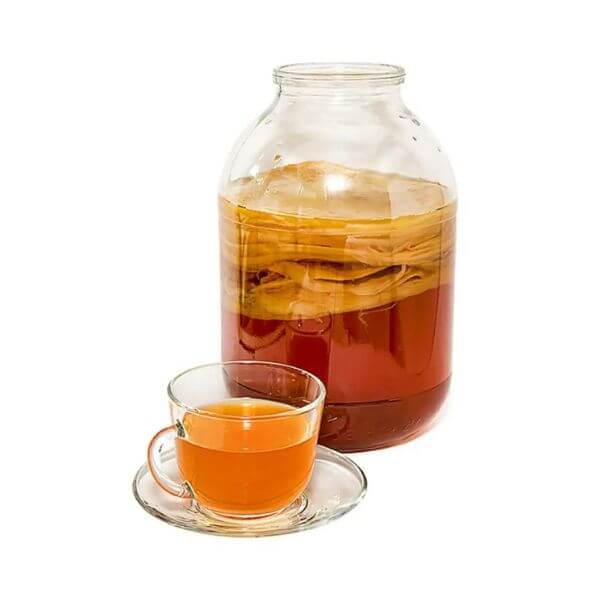
Prebiotic Soda: Lighter, sweeter, and more soda-like—usually 35–50 calories, about 5–9 grams of sugar, and a healthy dose of fibres.
So, if kombucha is the “earthy, tangy wellness drink” and soda is the “sugary guilty pleasure,” prebiotic soda is really the middle ground. It’s bridging the fun of soda with the function of kombucha.
The Big Names in 2025
The prebiotic soda is flourishing, and each brand has carved out from its niche.
Here are the frontrunners:
- Poppi – The “gateway soda.” Sweet, fruity, and with a slight tang of apple cider vinegar.
- Olipop – Nostalgia in a can. Root beer, cola, cream soda, and vintage flavours—crafted as healthier soda replicas.
- Culture Pop – Fun, unusual flavour combos like ginger-lemon or watermelon-lime.
- Mayawell – Latin-inspired fruity blends that highlight chicory root fibre.
- Wildwonder – It’s a combination of probiotics and prebiotics and adds a superfood.
Pro tip: if you’re new, grab a few different brands and experiment. Everyone’s taste buds—and gut—respond differently.
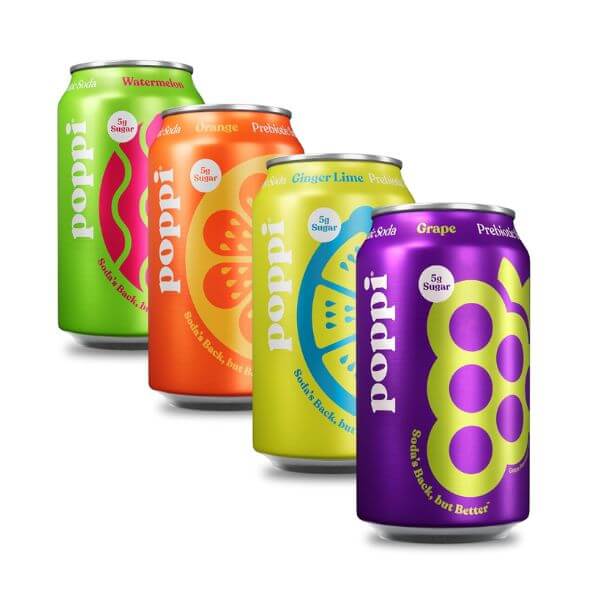
Can You Make Your Own Prebiotic Soda at Home?
Absolutely. And here’s the cool part: it’s cheaper, customizable, and you control the sugar.
What you need?
- Sparkling water (your bubbly base).
- The chicory root powder and psyllium husk with inulin which is a prebiotic fibre.
- Natural flavourings—fresh juices, herbs, ginger, citrus, or blended berries.
Some DIY inspirations:
Lemon-Ginger- Sparkler: A drizzle of honey and root fibre with chicory root fibre, sparkling water and lemon juice.
- Berry Fizz: Fresh blueberry-raspberry blend mixed with sparkling water and inulin for fibre.
- Mint Cooler: Sparkling water, lime juice, fresh mint, and a spoon of fibre powder.
Who Should (and Maybe Shouldn’t) Drink Prebiotic Soda?
For most healthy adults, sipping prebiotic soda is totally safe and even beneficial in moderation. It’s especially great for:
- People who don’t get enough fibre daily
- Loyal soda drinkers trying to cut sugar
- Anyone dealing with occasional digestive sluggishness
But—there are exceptions:
- People with sensitive guts or IBS: Sometimes added fibre can worsen symptoms.
- Diabetics: Keep an eye on your sugar content.
- Kids & pregnant women: It is somewhat, okay in minor amounts, but consuming daily isn’t recommended due to all the added sweeteners or the caffeine.
Final Thoughts: Is It Worth the Hype?
Here’s the bottom line: prebiotic soda isn’t a miracle elixir. But it’s also not a gimmick. It’s a genuinely smarter alternative to sugar-loaded soda—lower in calories, somewhat functional, and way more interesting than plain water if you’re craving fizz.
The catch? It’s a sidekick, not the superhero. You still need veggies, fruits, whole grains, and varied fibres. No soda—prebiotic or otherwise—can replace those essentials.
But as a fun, feel-good swap? It makes sense. Especially if you miss the joy of soda but don’t love what it does to your body. So—should you try it? Absolutely. See how your gut feels, pay attention to your sugar intake, and maybe discover your new favorite can of fizz this year.
More Blogs
